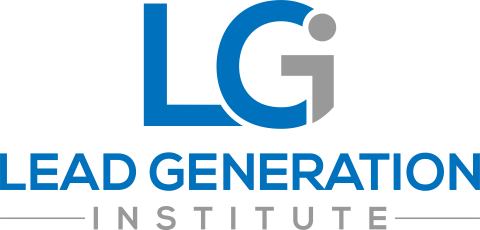Website and Banner Ad Personalization Best Practices
Bombarding people left and right with brand messaging and hoping for the best is no longer a practice in the world of online advertising. Today, every B2B ad campaign today needs to have a targeted approach with a touch of personalization in order to attract targeted audiences.
In fact, statistics indicate that a whopping 81% of all B2B customers want brands to get to know them and know when they want to be approached. Around 79% of organizations that exceeded their revenue goals have a digital advertising strategy that includes personalization.
Moreover, nearly three-quarters of customers feel frustrated when website content is not personalized in any form. And more than half are willing to provide personal information on a website if it benefits them and is used responsibly.
79% of consumers say that they are more likely to engage with an offer if it has been personalized to reflect their past interactions with the brand.
That said, there are several inherent challenges with personalized ads and websites. To avoid these pitfalls, there are several best practices that you can follow when pursuing ad personalization.
Drill Down Your Personalization
Personalization can come in many forms within dynamic display ads. Choosing the right kind of personalization that fits your current strategy is the key to success. Take for instance a company’s name. We can dynamically insert it into an ad whenever that target account gets served the ad. This technique is great when we try to make a strong first impression with a potential new customer. The same thing can be said if we were to insert the industry, zip code, or some custom attribute about the company.
However, a more personalized approach is to have the company name and, say, its industry display at different stages of the campaign. For example, you can use the industry personalization during the first point of contact in the campaign, alongside a general message. Then, as the targeted audiences become more familiar with you, you can also introduce the company name and a more explicit message alongside it.
This second message can contain more in-depth descriptions coupled with some product pages. This way, you will let them know you’re talking to them directly, that you know their purchasing intent, and that you have what they’re looking for.
Draw Attention
Personalization is among the most effective ways to give your ad campaign something special. [bctt tweet=”If done right, personalization can even double your audience engagement.”] For that to happen, people need to notice it first. Keep in mind that many webpages have plenty of elements already, including other ads, which might make yours difficult to notice. Make smart, simple design choices like opting for an easy to see font with a background color that pops. Ads should draw the eye in and be easy to read with a clear message.
Don’t Forget the Final Frame of your Banner Ad
Many web pages show ads on an animated banner. These start the moment users make it onto the landing page. The downside of a banner ad here is that the user’s attention will, initially, be drawn elsewhere on the page. This means that the opening frame of the animated banner will almost always be missed by the viewer.
As such, it’s advisable that you focus your personalization efforts towards the end frames of the ad, giving the viewer time to notice it. This is not to say that you shouldn’t personalize the other frames, just don’t forget the last one.
Mind the Word Wrapping
Word wrapping is an issue often overlooked in ad and website personalization, and something that can make or break an entire campaign. Dynamic ads change personalization based on who is seeing them. This means that the company name, industry, or other such elements can change with every new viewer. This means that personalization terms or names will change in length, making word wrapping possible.
Simply put, word wrapping is the word processing feature that breaks text lines between words to adjust them within specified margins. Sometimes a company’s name will be too long or too short, completely distorting the layout of your ad. Text can end up overlapping your logo, the CTA, or the background image. As such, it’s always recommended that you use placeholder text that takes into account long words or names. Something like {A Long Company Name Goes Here} instead of {COMPANY} or {COMPANY NAME} will suffice. Doing so will guarantee that you design your ads with long names in mind and avoid any display nightmares.
Ad Campaigns and Landing Pages Work Together
Many ad campaign designers forget that their ads are a sort of teaser, aimed at drawing people toward a landing page. Therefore, some end up designing great ad campaigns with a great look and compelling messages, only to fall short when it comes to the landing page. The landing page should mirror the ad in design, CTA, and messaging. Doing so satisfies a user’s expectations of what they thought they would see once they clicked on the ad.
If you pair these best practices with the right tools you are well on your way to a successful ad personalization effort. Here are several website and banner ad personalization tools that can help you generate the best results: Optimizely, Adobe Target, Dynamic Yield, Google Optimize, or Evergage.
If you want to learn more about personalization, subscribe to our newsletter and get the latest delivered to your inbox.




